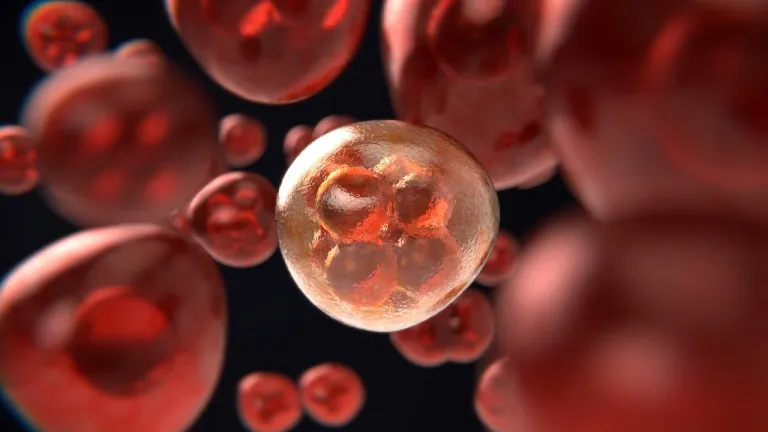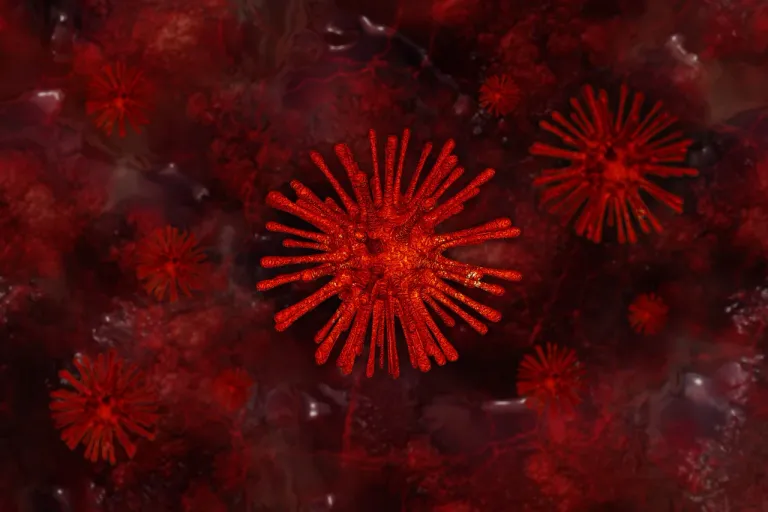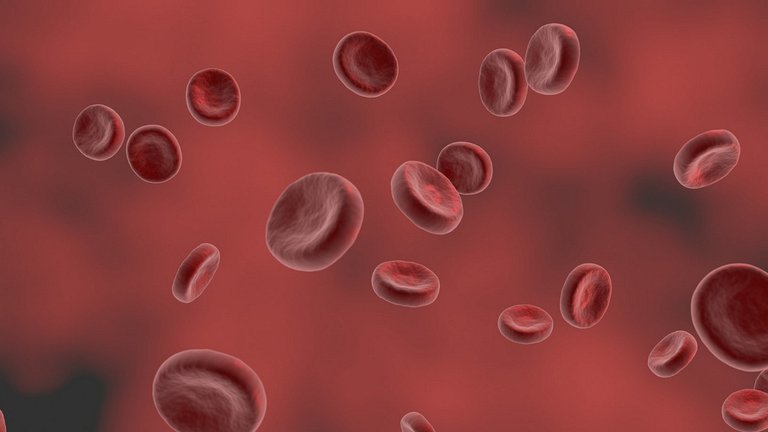Deciphering Cell Signaling: The Language of Life.
Hello Stem Family, am really glad you enjoyed my previous post on The Dance of Death: Exploring the Fascinating World of Apoptosis - Cell Biology.. Thank you so much for all your feedback and support. It really motivates me to keep sharing with you. Today, I have another fascinating topic to discuss, and I hope you'll find it just as exciting as the last one. So, without any more delays, let's dive right in.

In the complex realm of cellular biology, effective communication takes center stage. Cells, the fundamental building blocks of life, possess a remarkable ability to engage in a sophisticated form of conversation with each other. This communication is orchestrated through a complex network of pathways known as cell signaling pathways. These pathways serve as the "language" that allows cells to exchange vital information, coordinate actions, and regulate various complex processes within the body.
In this exploration, we embark on a journey to unveil the mysteries of cell signaling, a topic both awe-inspiring and essential to our understanding of biology. As we delve deeper, we will not only shed light on the profound implications of cell signaling but also talk about the underlying mechanisms that govern these conversations at the microscopic level. Furthermore, we will discuss the exciting, innovative applications emerging from our evolving understanding of this cellular language, offering a glimpse into the promising future of science and medicine. > Does that sound interesting? Let's journey together.

Okay, now remember we danced in the previous article, here's another stage, Dj, hit the music.
Cell Signaling: The Cellular Symphony
Think of cell signaling like a grand symphony within the world of cells. It's not just a simple chat; it's more like a complex musical performance made up of tiny molecular interactions. Cells use a highly organized system that's a bit like composing a beautiful piece of music. In this "musical," there are special conductor molecules, each with a unique message, directing cells to respond in a very precise way, just like a perfectly orchestrated concert of cellular actions.
Deciphering the Molecular Messengers
Now imagine cell receptors as vigilant guards stationed on the surface of a cell, ready to interpret incoming messages. When the right messenger molecule connects with a receptor, it sets off a series of events, like a carefully choreographed dance, which leads to various responses in the cell.
Exploring Cell Signaling Pathways
1. Endocrine System's Grace:
To understand how elegant cell signaling can be, look at our endocrine system. For example, the thyroid gland releases a hormone called thyroxine, which helps regulate metabolism. This hormone travels through the bloodstream and connects with specific receptors on target cells, allowing the body to fine-tune its energy usage.
2. Neurological Coordination:
Also, let's think of neurons in the nervous system as conductors in our orchestra. They communicate using molecules called neurotransmitters. Consider dopamine, responsible for the feeling of pleasure, as a conductor's baton, orchestrating sensations of happiness and reward within the brain.
3. Guardians of Immunity:
In the immune system, cell signaling pathways act as vigilant protectors of our health. When the immune system detects an invading germ, immune cells communicate seamlessly, triggering inflammation and calling in white blood cells, our immune soldiers, to defend the body against the intruders.
These examples I have given above highlights how cell signaling pathways play pivotal roles in different aspects of our body's functions, ensuring everything operates smoothly and efficiently.

The complexities within Cells
Cell signaling isn't only happening on the cell's outer surface; it's also a vital part of what's going on inside the cell itself. This is like an inner dance, where molecules are the choreographers, guiding complex movements. Let me give some examples of these intricate processes within the cell:
- Internal Messengers:
Think of second messengers like cAMP, as a kind of internal Morse code. They carry essential information deep inside the cell, allowing it to respond to signals from the outside world. That's the cell's way of decoding messages and taking action.
- Cellular Choreography:
Consider also the MAP kinase pathway as a sophisticated dance routine within the cell. This pathway, like a choreographer, controls how the cell grows and changes over time. It's responsible for fine-tuning the subtle movements that make a cell develop and function properly.
Beyond Disease and Healing
Understanding cell signaling pathways isn't just something scientists do in labs. It has a big impact outside of the lab, especially when it comes to understanding and treating diseases:
- Fighting Cancer:
In the complex world of cancer, problems with cell signaling pathways can lead to uncontrollable cell growth. But there's hope! Treatments are being developed to fix these disrupted pathways and potentially offer new options for cancer patients.
- Tackling Brain Diseases:
Diseases like Alzheimer's, which affect the brain, are often connected to messed-up cell signaling. Scientists are working hard to find treatments that can bring back harmony to these disrupted signals, which could help people with these conditions live better lives.
As our scientific knowledge advances, we get better at grasping how cell signaling works. We now have some really cool tools like CRISPR-Cas9 gene editing, which is like a surgeon's scalpel for these signaling pathways. It lets scientists make very precise changes.

In conclusion
Cell signaling pathways is the basic language that guides everything cells do in the grand play of life. They're the building blocks that cells use to coordinate their actions in response to a constantly changing environment.
As we dig deeper into this mysterious world, our understanding of cell signaling not only helps us better understand biology but also opens up exciting possibilities for treatments and discoveries that push the boundaries of science. In this intricate dance of cellular communication, the journey of exploration keeps us curious and holds the promise of revealing new insights that could change how we see the world of biology.
Thanks alot for reading the article to the end. If you found it interesting and exiting and would like to dig deeper, I would recommend you check out these links below.
Have a nice day.
Congratulations @willythewhale! You have completed the following achievement on the Hive blockchain And have been rewarded with New badge(s)
Your next target is to reach 10000 upvotes.
Your next target is to reach 400 replies.
You can view your badges on your board and compare yourself to others in the Ranking
If you no longer want to receive notifications, reply to this comment with the word
STOPCheck out our last posts:
Thanks for your contribution to the STEMsocial community. Feel free to join us on discord to get to know the rest of us!
Please consider delegating to the @stemsocial account (85% of the curation rewards are returned).
Thanks for including @stemsocial as a beneficiary, which gives you stronger support.
I always say if i ever get to choose another specialization aside eye care, i would do pure biology, cell biology is so fascinating, and interesting i makes me appreciate nature even more